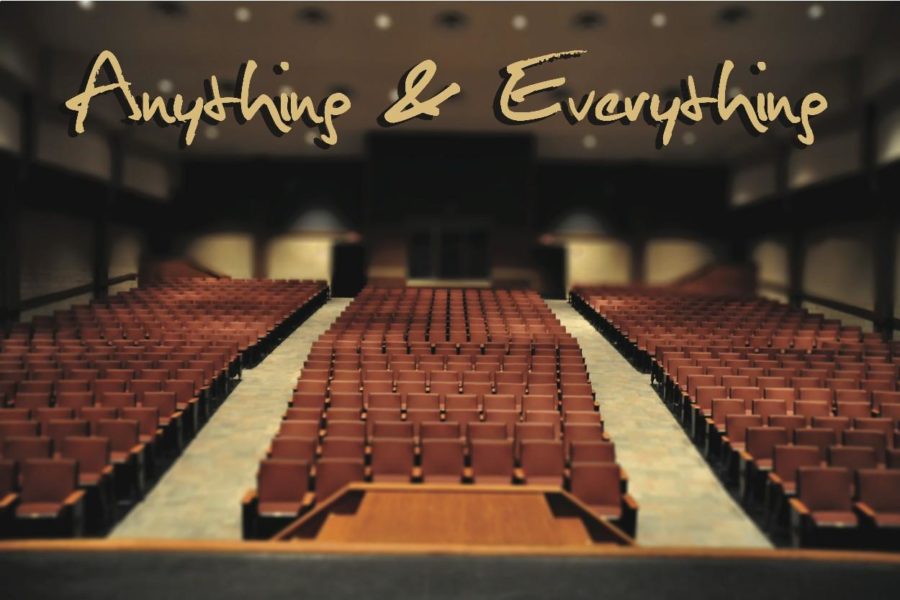Two steps forward, one LEAP back
February 10, 2014
In addition to traditional education, another function of the school system is to provide students with knowledge about key life issues in order to give students the tools to face such issues when the time comes. A current function of the LEAP group is now to keep attendance for the life-skills presentations that result from this task so that the school can keep its records and know of potential truancy from the presentations.
However, the LEAP group concept is one that seems to have strayed from its potential. Originally, LEAP’s purpose was twofold: to provide a new social environment for students to connect to others that they might not otherwise get to know, and to provide an advisory-style environment for the students to help them with their exhibition of the graduate profile and life-skills education. But, it became harder and harder to get teachers and students to have passion for the method of the system, so revisions resulted. The product is now an organizational system of students to keep track of them for activities and presentations. The help with attendance is a great starting point, but the group could mean much more to students, for there is a lot more the group could be doing with its time than signing a sheet and waiting to leave.
Firstly, sending students to a special period only to have them sign an attendance sheet seems a little bit of an extra step, one that could be substituted for attendance sheets at or during the event. In order to make LEAP groups viable under the current conditions, they must be used for more tasks and activities that reflect the benefits of the small-group environment, such as discussion of a topic. Sometimes, especially in junior and senior years, subjects such as the senior project are discussed, but in order for the students to receive the benefit of the group, activities that encourage dialogue must be more common.
Also, the LEAP group suffers from the flaw of being perceived as somewhat pointless by the students who participate in it. An active teacher-leader can alleviate this somewhat, but the real solution is to make what happens in the LEAP group interesting enough so that students feel better about going to it. This is another part of the idea to actually do something with the time, but another factor also comes in the form of entertainment. Not only must the time be used, but the activities need to at least somewhat appeal to the interest of the student.
Finally, the system is pained by issues regarding the consistency of the groups themselves. Students are forced into a group for their entire high-school careers, but they have no say in the people who make it up. While this is part of the point, for it can help students meet new people, it also causes a social disconnect with the whole group process, for there is often only one LEAP day every six weeks. It could be beneficial to the system to at least take limited input from the students regarding what kind of people are in the group so that they don’t dread participating from the start. This would help prevent a disconnect with the whole process, for then the students would be more receptive about participating.
The LEAP group is a concept that started with high hopes, but setbacks have resulted in a limit in the achievement of its potential. If the issues with time use, interest, and formation are resolved, then the life-skills could be taught in ways that appeal to more students, which ties back into the group’s overall purpose. Instead of being something dreaded by students and staff, LEAP could become a positive group environment that helps students advance in life.




